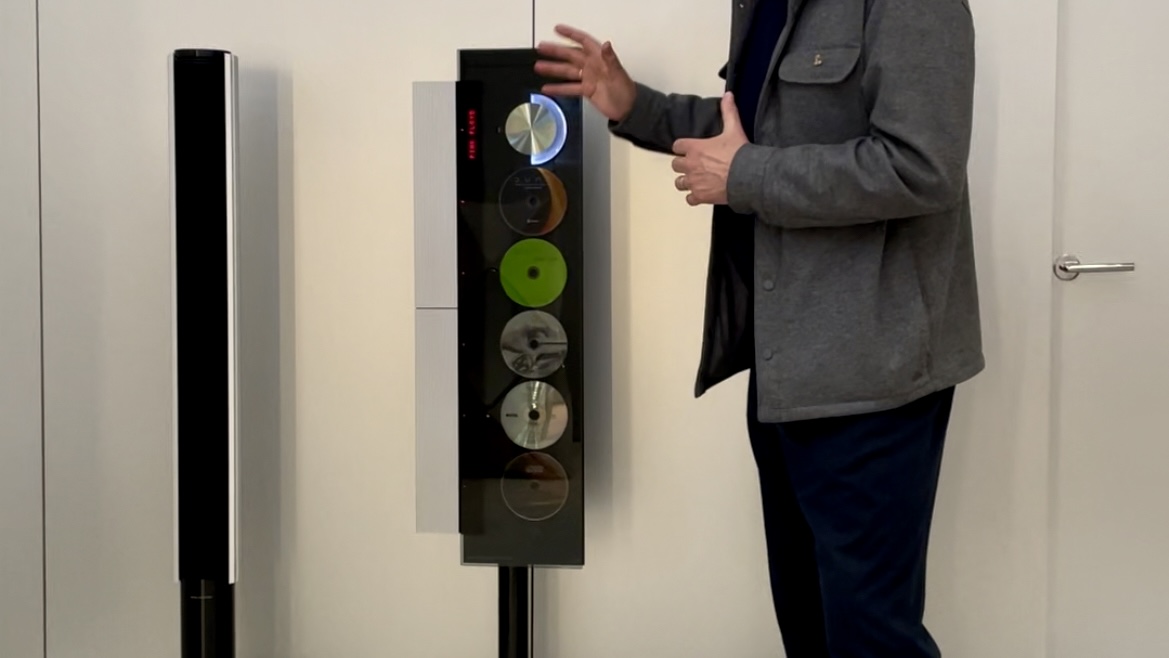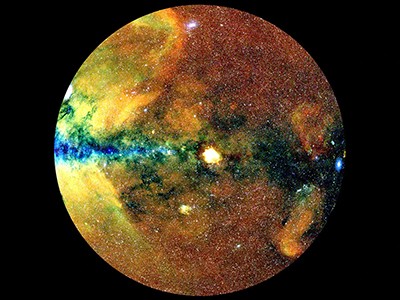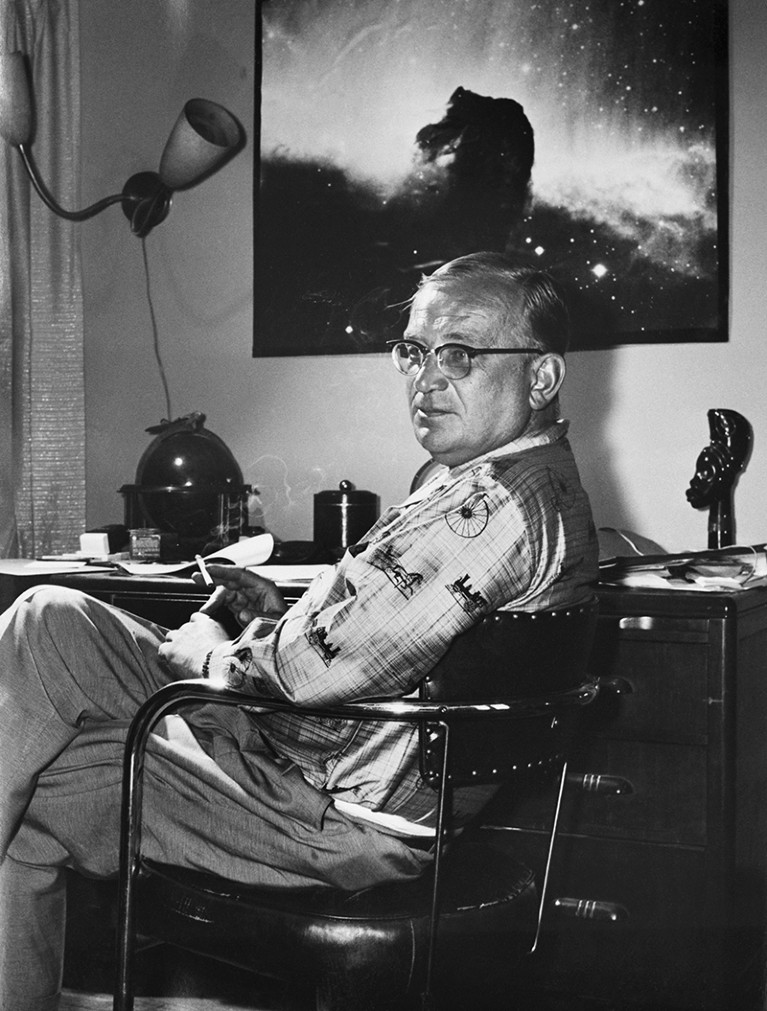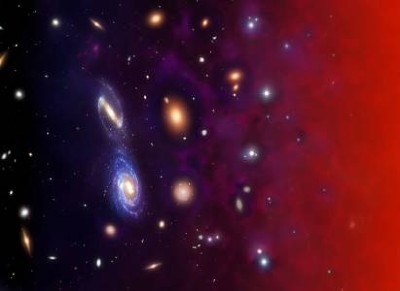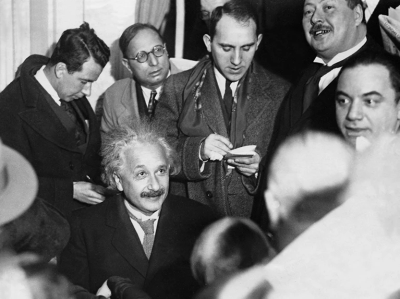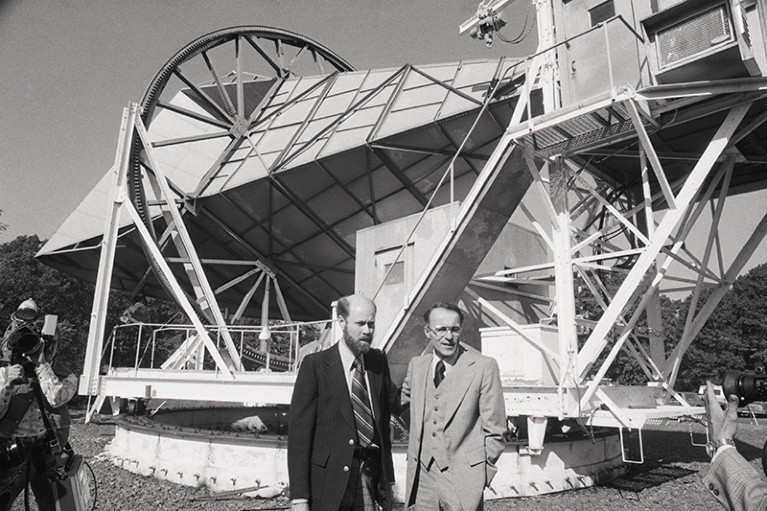[ad_1]
resumen
- Puede que Leonard se haya ido, pero su muerte abre la puerta al regreso de Penny.
La teoría del Big Bang
Universo separado. - El retiro de Johnny Galecki hace que sea casi imposible que Leonard regrese todavía
el
La teoría del Big Bang
. - El regreso de Penny puede ser la clave para revivir la dinámica del trío original
La teoría del Big Bang
ser.
Puede que Leonard esté muerto, y eso me entristece, pero su muerte allana el camino para el regreso de Penny. La teoría del Big Bang escindir. A pesar de la decisión de terminar joven sheldon En la cima de su éxito, el mundo de Chuck Lorre y Bill Prady florecerá con una secuela en camino. Nací de lo que creo, joven sheldonLa inesperada historia original, El primer matrimonio de Georgie y Mandy Se encargará del arco de la pareja como recién casados y padres de Baby Cece. Pero lo que a menudo se pasa por alto es que existe una segunda La teoría del Big Bang Spinoff en el camino.
Antes de llegar al punto real de este artículo, me gustaría disculparme formalmente por plantear la idea de que Leonard podría estar muerto. Escribí el primer artículo que citaba cómo joven sheldon El final sugirió que Leonard podría irse. Se hizo popular y generó muchas otras piezas, pero la idea surgió de mi pieza. Pantalla gritando. Para ser claros, quiero vivo al mejor amigo de Sheldon. Pero no podía ignorar las pistas que apuntaban a su muerte. Si le sirve de consuelo, estoy aquí nuevamente para señalar que algo bueno podría surgir de la muerte de Leonard.
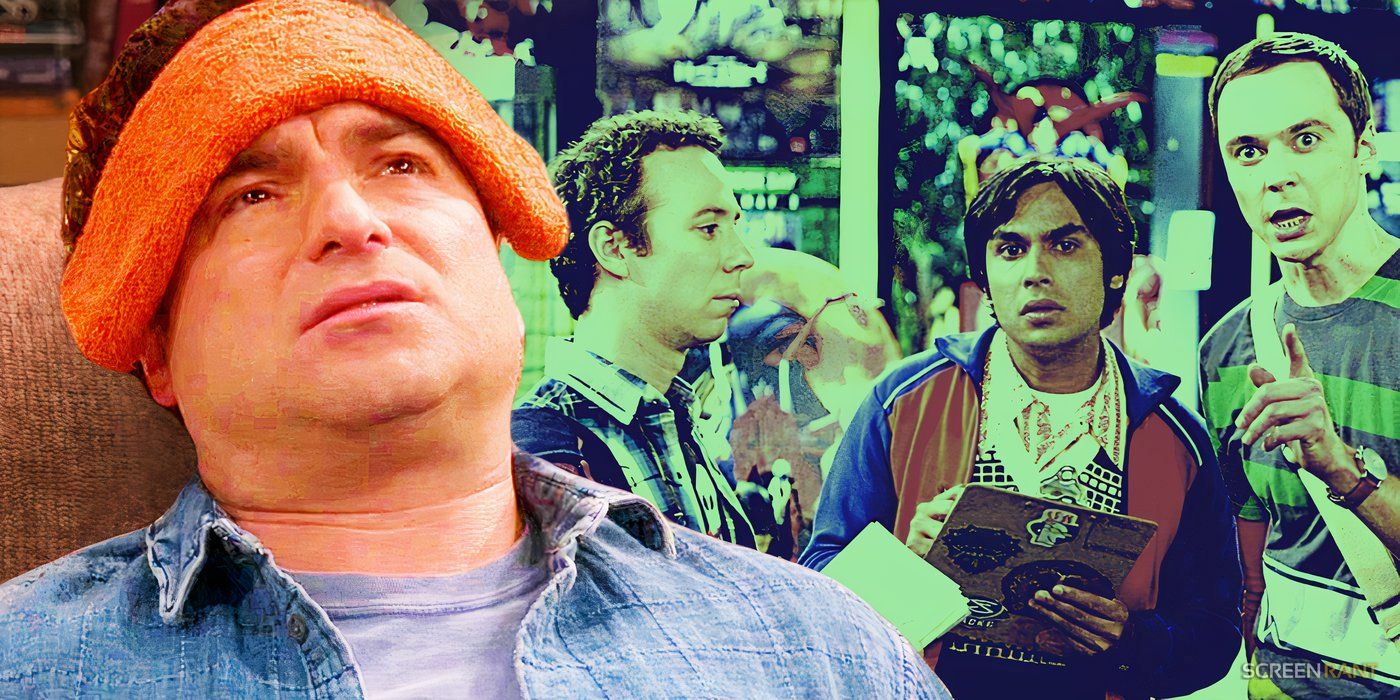
Relacionado
El mejor spin-off de Big Bang Theory podría compensar la pareja de reparto más trágica de Laurie
Chuck Lorre está desarrollando una nueva entrega de The Big Bang Theory, y su actor de carácter más trágico es la mejor opción para el protagonista del programa.
El retiro de Johnny Galecki hace que sea casi imposible que Leonard regrese en el spin-off de Big Bang Theory.
Después de The Big Bang Theory, Galecki dejó de actuar en gran medida.
después La teoría del Big Bang Terminó y Galecki dejó la actuación y no ha regresado desde entonces. Actualmente se encuentra retirado no oficialmente de Hollywood y ha decidido centrarse en su vida familiar. Eso es todo ¿Por qué David no regresó? Connerslo cual es frustrante para mí porque es forzado rosaanne Spinoff para destruir personaje. Por eso le resultó imposible retomar el papel de Leonard en ella. La teoría del Big Bang El universo en cualquier capacidad. Dada la conexión de sus personalidades, estoy convencido de que a Penny de Kaley Cuoco le resulta difícil participar sin él.
Nuevamente, no quiero que Leonard muera. Pero dadas las circunstancias, especialmente entonces joven sheldon Al crear tantos agujeros en la trama durante un período de 7 años, Laurie y su equipo deben ser más cuidadosos en su enfoque. La teoría del Big Bang Canon avanza. gramoEl primer matrimonio de George y Mandy No tiene un gran problema porque no se revela mucho sobre su relación en la comedia centrada en nerds. Sin embargo, al día siguiente La teoría del Big Bang Es probable que el spin-off esté más estrechamente vinculado a la comedia con sede en Los Ángeles, lo que requerirá un enfoque más cuidadoso.
La muerte de Leonard marca el tono del spin-off de Penny's Big Bang Theory
Kaley Cuoco podría regresar como Penny sin generar demasiadas preguntas
La teoría del Big Bang Sentó las bases para la posibilidad de que Leonard muriera joven. Recuerdo muchos episodios divertidos y fragmentos de la comedia centrados en sus alergias, ataques de asma, etc. Por muy triste que me haga pensar en la pérdida de un miembro de la pandilla de Pasadena, esta podría ser la forma más fácil de recuperar a Benny. La teoría del Big Bang ser. Para empezar, Lori podría contratar a Coco, que todavía está muy activa en la industria, para que repita su popular papel en el próximo spin-off. Sin tener que lidiar con preguntas sobre la ausencia de Leonard.
Antes de que Sheldon se hiciera cargo de The Big Bang Theory y se convirtiera en su punto focal, Penny y Leonard compartían protagonismo con él.
Teniendo en cuenta la El primer matrimonio de Georgie y Mandyque es más técnico joven sheldon Secuela spinoff, creo que la segunda. La teoría del Big Bang El spin-off estará directamente relacionado con la comedia centrada en nerds. Antes de que Sheldon se haga cargo La teoría del Big Bang Se convirtió en su punto focal y Penny y Leonard compartieron el centro de atención con él. Dado que Parsons probablemente terminó recientemente la carrera de 17 años de Sheldon en televisión y Galecki permaneció inactivo, la aparición de Penny puede ser la única forma importante de aprovechar el trío original de la serie. Cualquier cosa menos que eso puede no parecer emocionante.
2:49
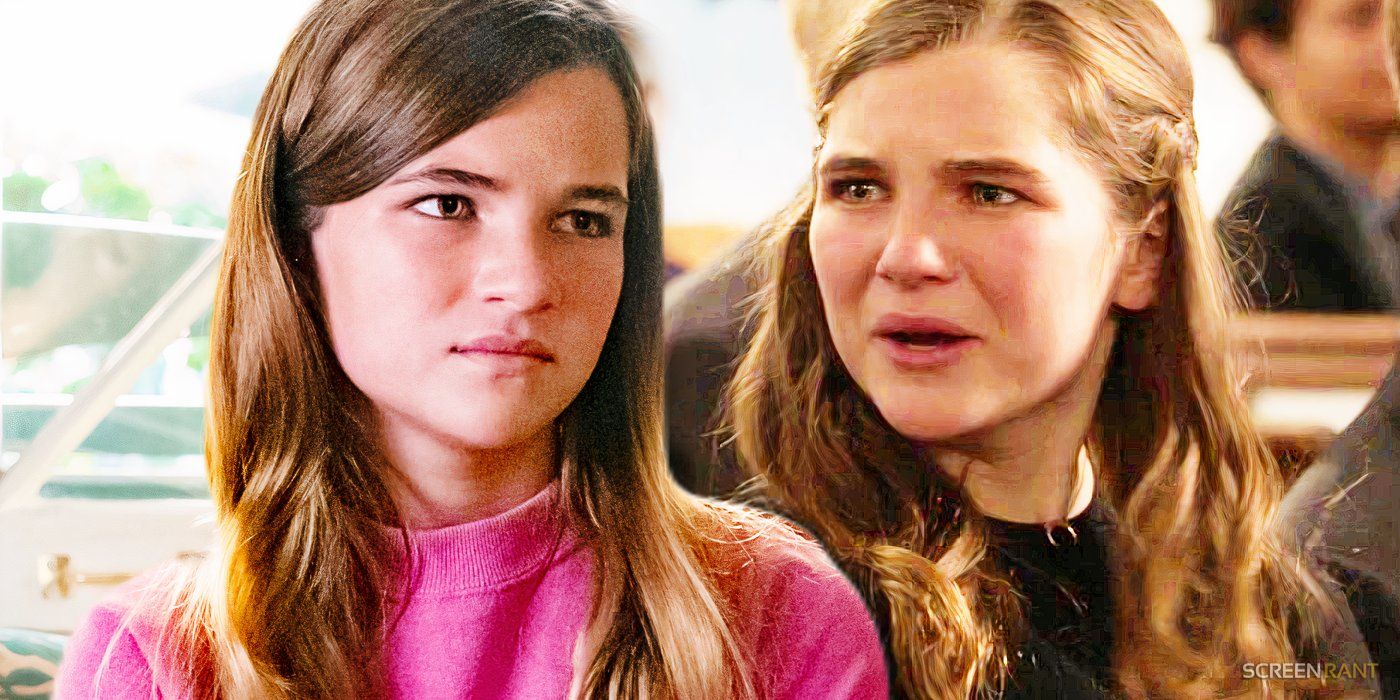
Relacionado
Estoy aún más enojado porque Young Sheldon fue cancelado después de que se suspendiera el final del actor Macy's.
La decisión de cancelar Young Sheldon fue divisiva, pero estoy muy enojado con él después de enterarme de lo que dijo Raegan Revord sobre el final de Macy.
Por qué la muerte de Leonard es mejor que cualquier otro tipo de explicación de su ausencia
La muerte de Leonard podría preservar su historia de amor con Penny
no es ningún secreto Los últimos años de Penny y Leonard La teoría del Big Bang fue aburrido. Personalmente creo que después de su matrimonio, el programa se quedó sin ideas para ellos. En lugar de ser la línea de amor principal y los protagonistas principales, fueron relegados a ser un sistema de apoyo para la historia de Sheldon y Amy. Esto continuó durante años hasta que la temporada 12 creó una debacle en el embarazo que pareció surgir de la nada. Afortunadamente para mí, joven sheldon El asentimiento de Penny al final fue suficiente para convencerme de que finalmente se estaba convirtiendo en madre.
cierto es que, La teoría del Big Bang El spin-off podría encontrar otras formas de explicar la ausencia de Leonard. Es posible que se haya mudado fuera del país por motivos de trabajo o que él y Penny hayan roto. Sin embargo, me temo que estas son en realidad formas más tristes de hacerlo, considerando el controvertido final de la pareja. La teoría del Big Bang. Era Leonard quien quería a los niños, pero ambas opciones sugieren que Penny tuvo que criar sola al niño en su mayor parte. Incluso si son padres, la mayor parte de la carga probablemente recaerá sobre Penny como madre de su hijo/hija.
Por supuesto, su hijo puede ser un poco mayor para el momento del próximo programa, pero aún necesitará orientación, especialmente mientras atraviesa los difíciles años de la adolescencia. si leonardo muere La teoría del Big Bang universo, significa que su ausencia no fue su decisión. Él y Penny permanecieron enamorados hasta el final, pero él tuvo que dejarla. De alguna manera, El camino es similar al de los padres de Sheldon. Después de la muerte de Jorge V joven sheldon Temporada 7.
La muerte de Leonard explicaría la falta de mención de Sheldon a su mejor amigo en el joven Sheldon.
El Sheldon adulto nunca menciona a Leonard en la introducción de The Big Bang Theory
He visto todos los episodios de joven sheldon – Otros varias veces, a lo largo del show, y la narración de Jim Parsons nunca menciona a Leonard ni una sola vez. Lo cual es bastante extraño, considerando que reclutó a Howard para participar cuando contó la historia real de por qué odiaba la ingeniería. En el joven sheldon Finalmente, se confirmó oficialmente que Sheldon había estado trabajando en sus memorias todo el tiempo, lo que una vez más generó dudas sobre la falta de referencias a su mejor amigo.
Suponiendo que Leonard ya se haya ido, esto explicaría por qué Sheldon no habló de él en su autobiografía.
Suponiendo que Leonard ya se haya ido, esto explicaría por qué Sheldon no habló de él en su autobiografía. A pesar de su inteligencia, el genio socialmente inepto lucha por procesar emociones grandes y difíciles. Como se ve en el funeral de George V. joven sheldon Conclusión (y la muerte del profesor Broughton V La teoría del Big Bang), Sheldon pudo haber bloqueado el dolor de perder a su mejor amigo para afrontarlo. De esta manera, no tuvo que lidiar con eso.
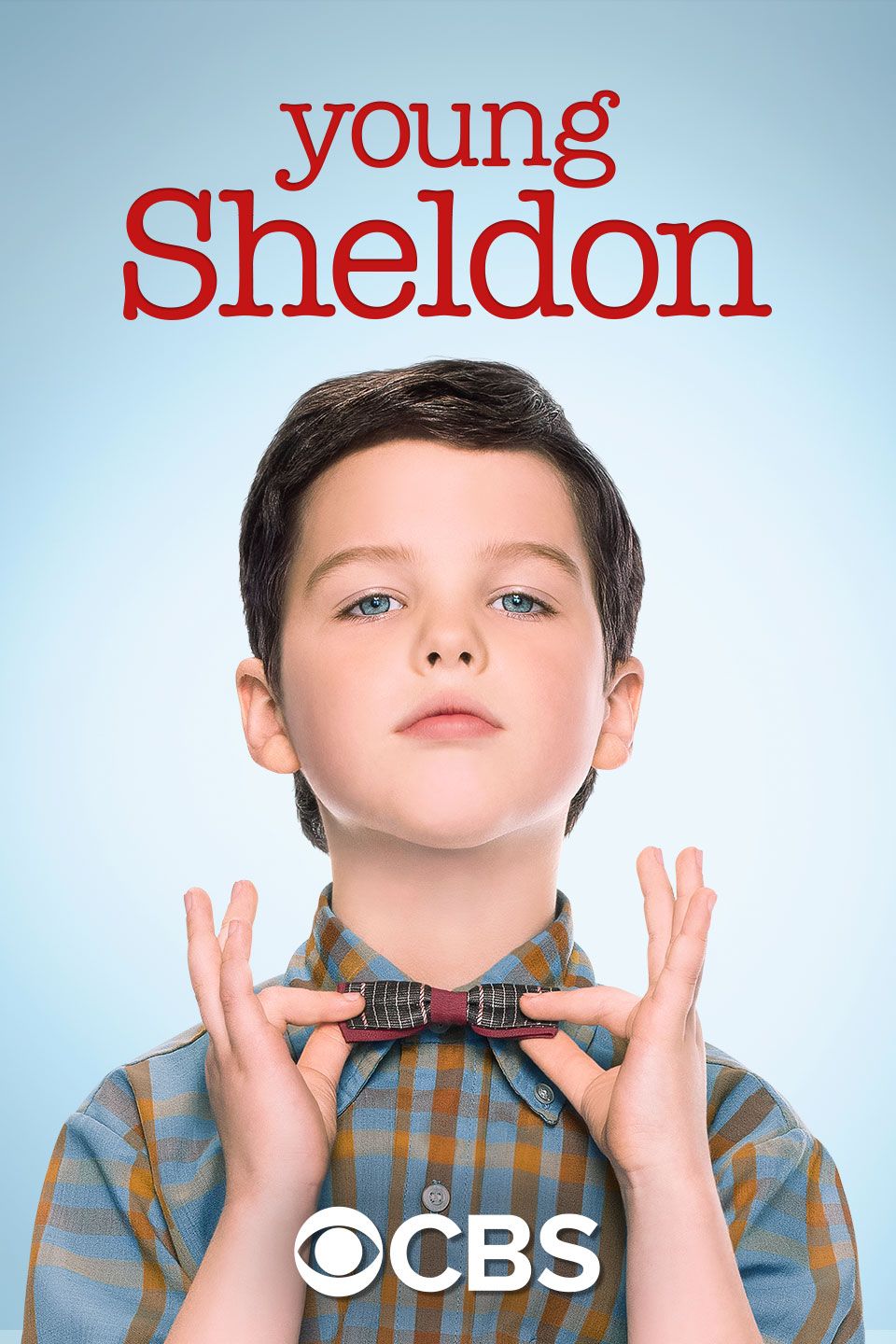
joven sheldon
Un spin-off de la comedia The Big Bang Theory, Young Sheldon sigue la juventud y la mayoría de edad de Sheldon Cooper durante su infancia en Texas mientras se dedica a la ciencia y la academia. El programa también sigue a sus padres, hermanos y Mei Mao, mientras pintan una imagen del mundo en el que Sheldon creció.
- el calumnia
- Jim Parsons, Ian Armitage, Annie Potts, Emily Osment
- fecha de lanzamiento
- 25 de septiembre de 2017
- Estaciones
- 6
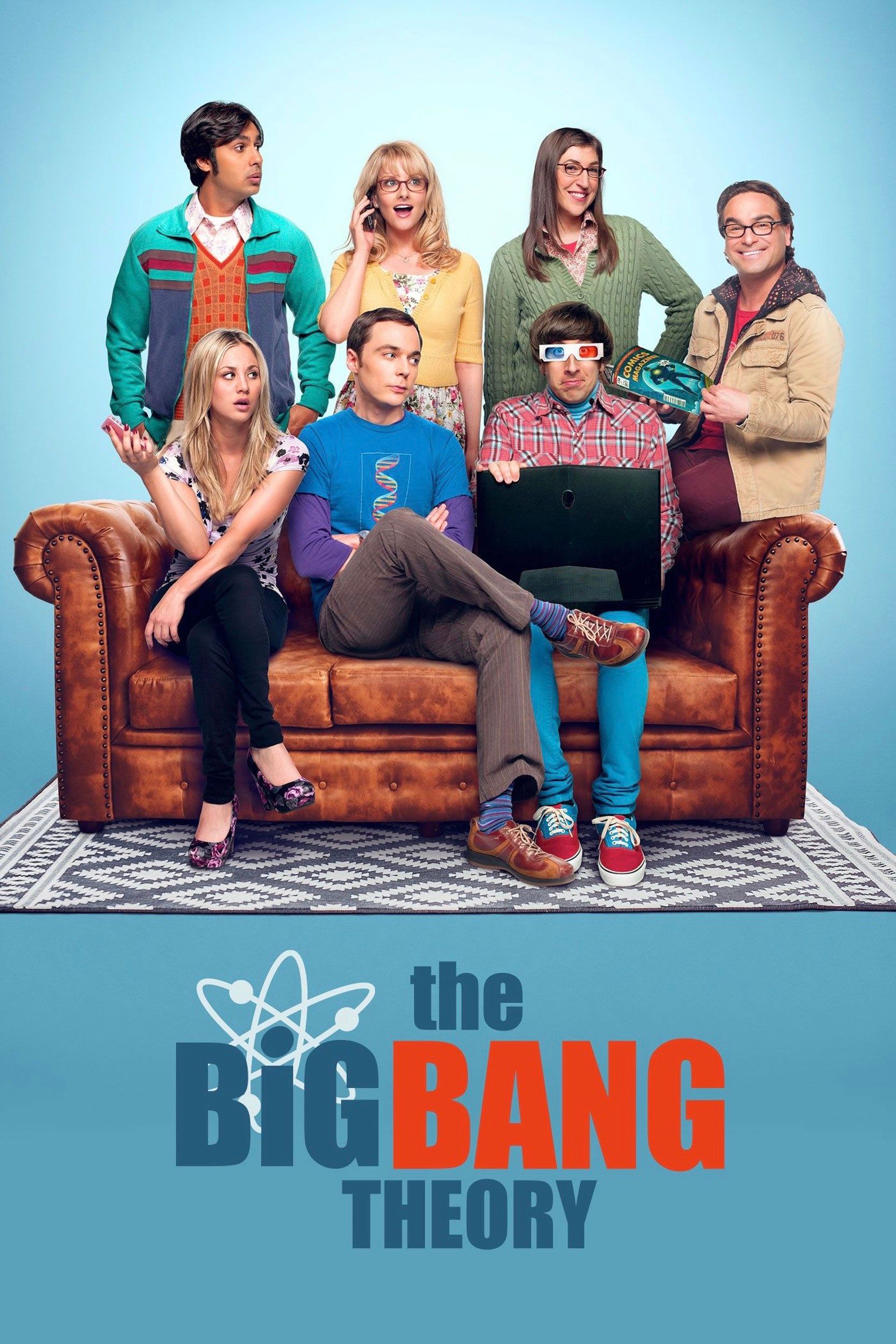
La teoría del Big Bang
La teoría del Big Bang Se estrenó en CBS en 2007 y se convirtió en una de las comedias de situación más populares y de mayor duración de su época. Tiene una duración de 12 temporadas, La teoría del Big Bang Se centra en un grupo de nerds autoproclamados, Leonard (Johnny Galecki), Sheldon (Jim Parsons), Howard (Simon Helberg) y Raj (Kunal Nayyar), que forman una amistad poco probable con su nueva vecina Penny (Kaley Cuoco). . La serie se convirtió en un gigante de los ratings y recibió múltiples premios Emmy. La teoría del Big Bang Tuvo tanto éxito que acabó generando una película derivada titulada joven sheldonque también se convirtió en una de las comedias de situación más populares de CBS.
- el calumnia
- Kaley Cuoco, Johnny Galecki, Jim Parsons, Melissa Rauch, Mayim Bialik, Kunal Nayyar, Simon Helberg
- fecha de lanzamiento
- 24 de septiembre de 2007
- Estaciones
- 12
[ad_2]
Source Article Link






